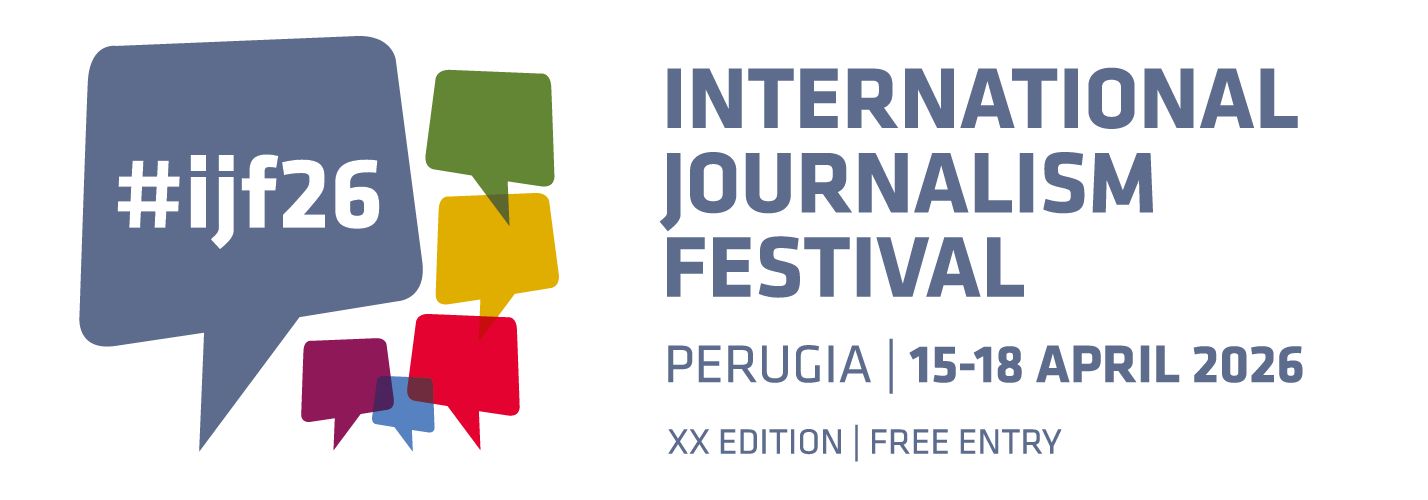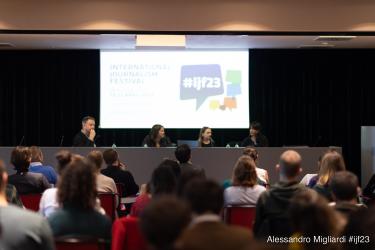Many newsrooms now have a digital, forensic or visual analysis team harnessing the power of data and technology to design investigations on diverse themes with original and innovative focuses. This pa...
![]()
Imogen Piper is a motion graphics reporter on the Visual Forensics team at The Washington Post, focusing on the presentation and reporting of open-source intelligence stories.
Before joining The Post, Imogen worked as an investigative journalist at Airwars, a conflict monitoring organization. She led the organization’s move into visual investigations, using 3D modeling, animation and mapping alongside open-source intelligence techniques. Using these methods, she has investigated incidents of civilian harm, including a cluster munition strike in Ukraine and a massacre at a hospital in Syria. Imogen has also produced several high-impact stories through traditional reporting. These include a front-page article for the Independent on the secret talks that nearly saved Moammar Gaddafi and an investigation into the number of civilians killed by U.S. forces in 20 years of the war on terrorism, referenced in the opening remarks of the Senate Judiciary Committee hearing on U.S. drone strikes.
While receiving her master's in research architecture at Goldsmiths University of London, Imogen was trained in visual investigative techniques by Forensic Architecture researchers. She subsequently worked with Forensic Architecture and Bellingcat to report on the police response during the Black Lives Matter protests in 2020, analyzing and geolocating videos showing police violence against journalists, medics and protesters. She was also a lecturer in design at Goldsmiths University of London. Her research-driven visual work has been exhibited at the Imperial War Museum and the Design Museum.









